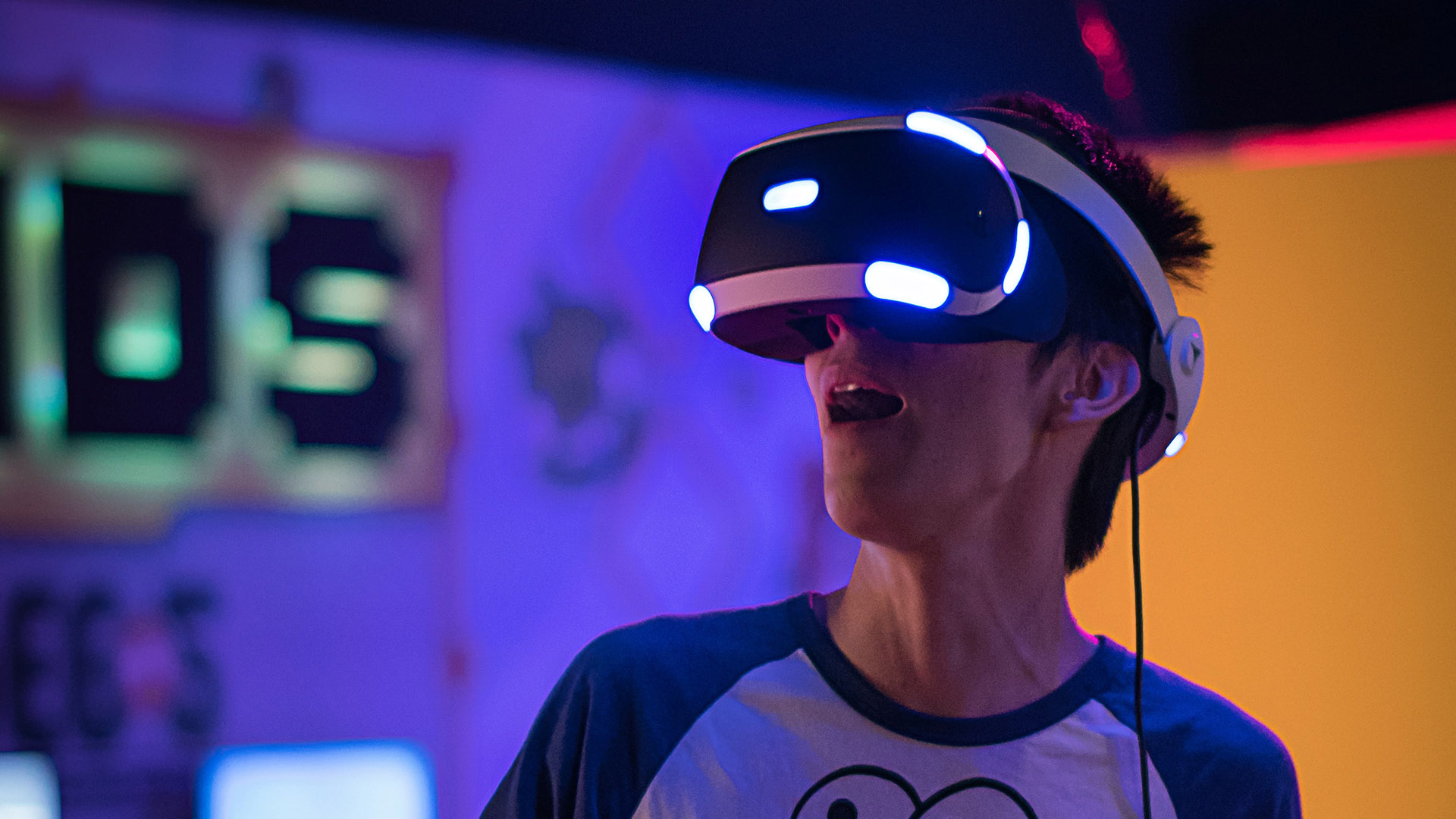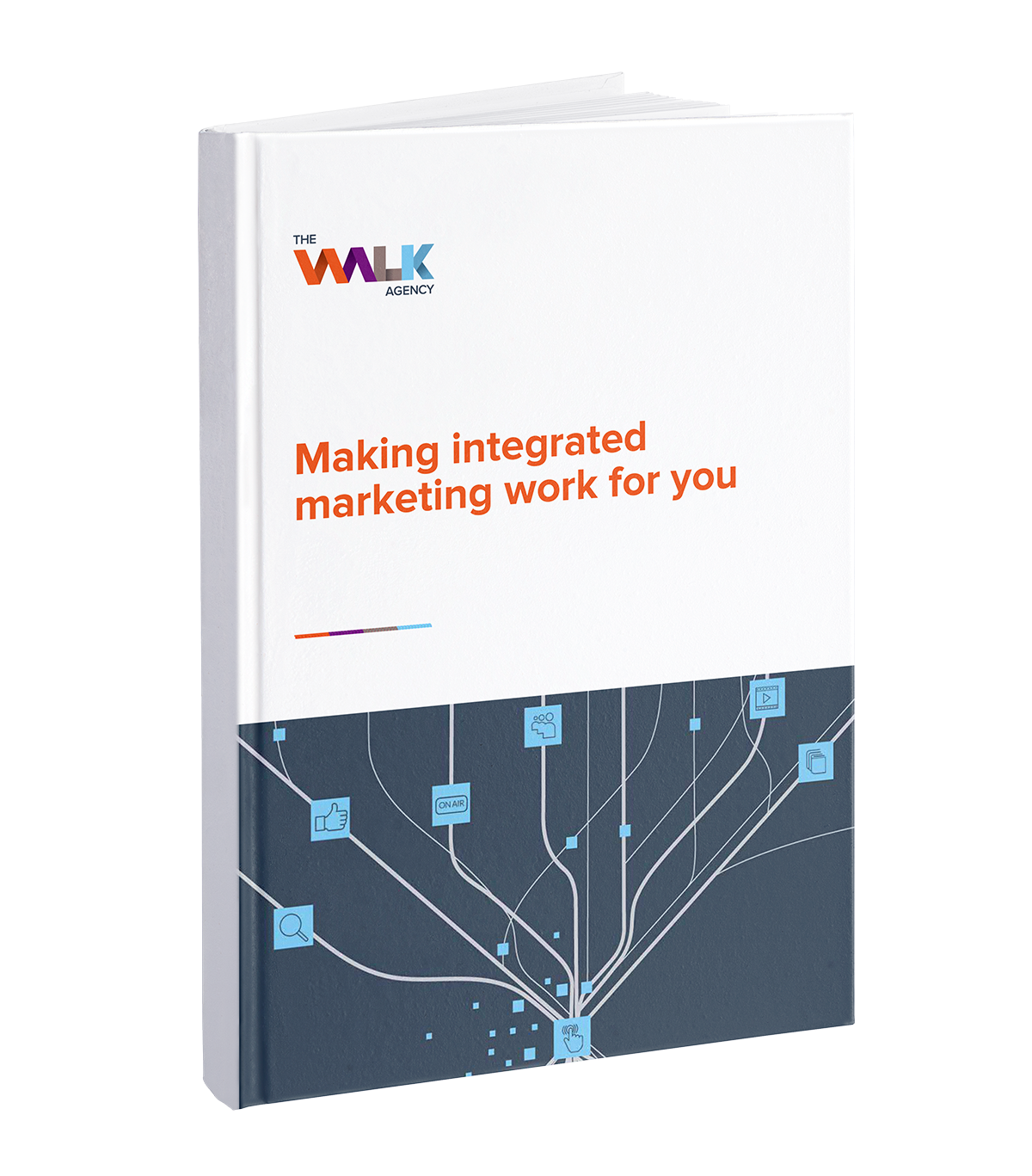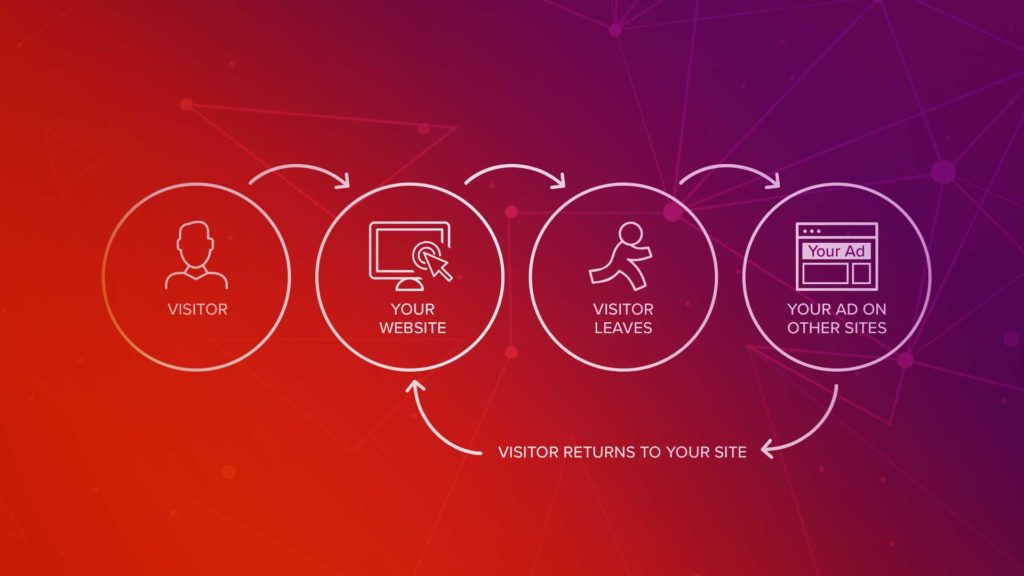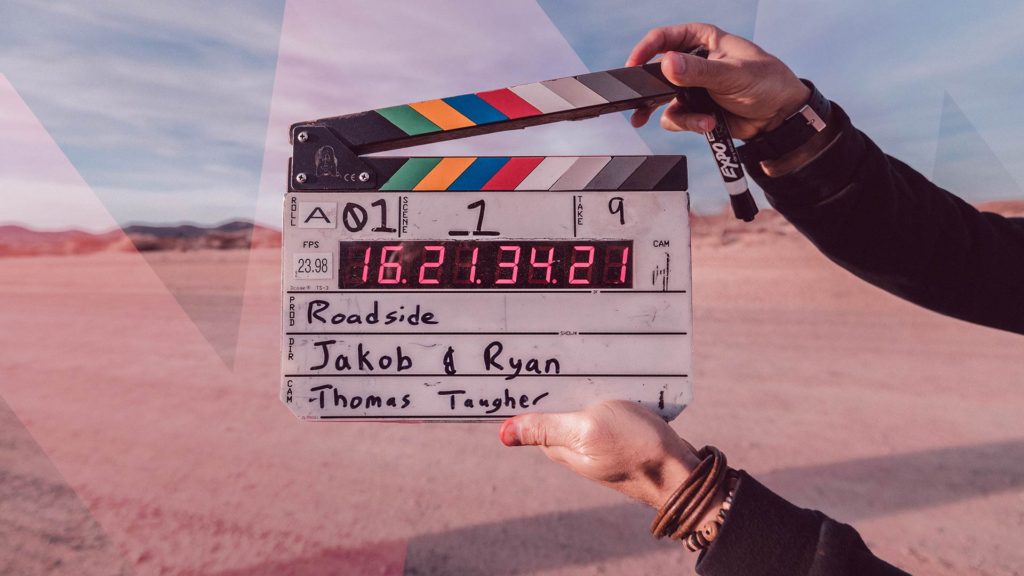Frictionless, enjoyable experiences create loyalty and drive your bottom line.
Throughout history, whenever humanity’s endless quest to further knowledge and science has necessitated change, new technologies were born, and with them new skills and roles in the marketplace. Enter UX (user experience). Back in the twentieth century, you wouldn’t even know what a UX specialist was, whereas the evolution of digital design has now created the need for this area of expertise.
Your website or app may have a beautiful user interface (UI), but if it isn’t simple and easy to use by your customers, visitors, patients, prospects, or team members, you’re destined to lose engagement and interaction and that comes at a real cost to your business. User experience puts you in the shoes of the people you’re aiming to connect with and works to ensure they feel comfortable when interacting with your brand.
User experience – the ‘X factor’ is its human focus
How many times have you landed on a website or checked out an app that looked awesome, but just didn’t behave how you intuitively thought it should? You wanted to pay for a product or service, but oh my god it felt as though they didn’t even want your money!
Well, what if you’re a B2B organisation and this experience is happening to your customers and prospective customers thousands of times each day? By solely focusing on how your brand identity appears online, you’re missing out on something of equal or greater value – the user’s actual experience. How do people feel when interacting with your brand?

Engagement relies on fulfilling customer expectations
No matter what product or service your business or organisation offers, it’s designed to solve somebody’s problem or challenge. Therefore, it’s in your best interest to mitigate any risk of users facing obstacles when attempting to engage your own business’s portal of communication.
“
It’s in your best interest to mitigate any risk of users facing obstacles.
”
The philosophy behind UX focuses on the emotional and cognitive expectations of your client base. How much information could overwhelm them? How many steps do they feel comfortable taking when undertaking a process? Is navigation of your platform straightforward, or could it be confusing? Are you taking different learning and thinking styles into consideration? How consistent is the experience? Is the tone of your content helpful?
From a psychological perspective, we need to go deep.
‘Our users are intelligent. Is this a big deal or just another trend?’
Your clientele may be high IQ individuals, but even geniuses can become frustrated when a task or action feels like it should be easier to perform. If someone’s emotional intelligence is lower than their book smarts, sparks could fly! UX considers the user’s thoughts and emotions. How will they feel when navigating the site/app? Do they have opportunities to interact with it? Will they be able to find what they are looking for? Is its language easy to comprehend?
In any commercial venture, revenue, sales, and the bottom line are of paramount importance, and in this era of digital transformation, UX design impacts business outcomes like never before:
- Website and app conversion rates: if customers engage with your website or app for longer periods of time, they’re more likely to convert.
- Overall sales revenue: lost opportunities equate to fewer sales. Boost revenue by ensuring every customer sees your platform as simple and easy to use.
- Brand integrity, trust, and ongoing loyalty: a positive experience when engaging with your brand leads to greater customer retention and longevity of the relationship.
- Search engine page rankings: faster page load times in conjunction with lower bounce rates, people staying on site for longer, and users visiting more pages all inform Google and the app stores that your site or app is an authority or thought leader in your sphere.
- Time and money required to invest: Better UX results in less expense for your organisation, as you don’t need to fix what isn’t broken.
Case in point – the Enablis website
Enablis, a formidable cloud computing and edge communication service provider, came to The Walk when in the process of scaling their operations. Their team desired a well-researched and strategically conceptualised website built on a foundation that focused on user experience. They also desired an improvement to their search engine rankings.
The Enablis solution
We designed a high-performance website with blazing fast load speeds together with UX refinements designed to solve specific bottlenecks and potential customer drop-off points.
The Enablis result
Website load times of 1.86 seconds (an over 90% increase in speed), and an improved customer experience enhanced by a Content Delivery Network (CDN) used to deliver assets based on the geographic locations of its end-users were employed.

UX applications
It’s easy for a website or app designer to say they are UX specialists, but the proof is always in the pudding. How does one know whether good UX has been implemented into a project? Grab someone who doesn’t know your business model and put them in front of the website or app’s user interface. How do they feel?
The five senses of functional user experience
- Feel: Does it feel natural or intuitive to use, or are they getting stuck when attempting to navigate to where they wish to go?
- Touch: How do they feel about the functionality of the platform’s controls? Is it as easy as driving an automatic, or does it feel like you’re grinding the gears on an old column shift?
- Sight: How easily do they find the necessary call-to-action or next steps in the desired customer process? Is the visual experience deliberate in how it directs the user’s attention? Where are your eyes being drawn to?
- Taste: Does the user interface design style match the story behind the brand?
- Smell: Do users ‘smell’ integrity and professionalism on the website/app, or does something smell a little fishy when engaging with the platform, i.e., does it come across overly aggressive in its intention to drive users down an extremely conspicuous sales tunnel?

The five main stages of UX design focus
- User personas: Research needs to be performed so we can understand the various target audiences you intend on relating with. Who are the proposed user groups? By discovering their expectations, motivations, behaviours, goals, and needs, we can design the platform to meet their requirements – on both functional and aesthetic levels.
- Information architecture: Like a skyscraper or a residential home, we must design based on the people who’ll be using the structure. We look at overall navigation and hierarchies of information to suit the needs of the users we’ve discovered through our research on personas and target markets.
- Wireframing: Every UX design needs a blueprint, so here we devise two-dimensional layouts, ostensibly creating a skeleton in preparation for the laying of design muscle, tendons, and ligaments. This is an excellent preliminary stage to receive feedback from the client before actual design concepts begin.
- Prototypes: This stage is where we take layouts and create actual design concepts. Although not fully functional, these designs show us how the finished product will appear to the end user.
- User testing: Adding functionality to the design, we can now begin testing the platform. By interacting and engaging with the interface, we’ll squash any bugs and fine tune any processes impeding the user’s experience. We analyse real people, gauge their behaviour, and then adjust features to exemplify simplicity.

FREE GUIDE
3 steps to ‘power up’ your UX
Simple tips to boost engagement, conversions, and revenue by optimising your website or app’s UX design.
Work with The Walk
Looking for a solid marketing team to ensure your user-base engages with your brand’s website or app with as little friction as possible? We understand how user experience can either lead to a boost in business growth, or lost revenue due to frustrating customer interactions. Talk to The Walk today and see for yourself how we ‘walk the talk’.




